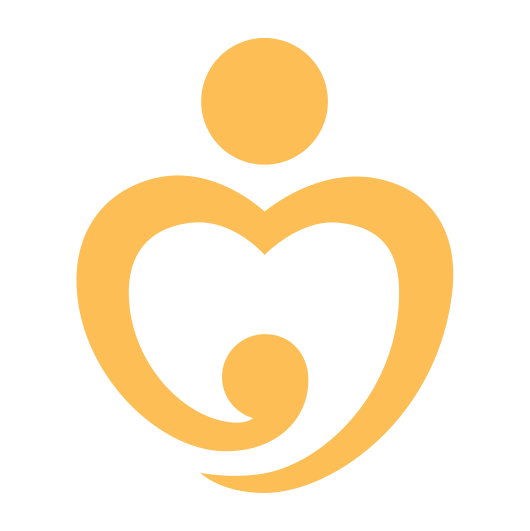
The Beginning:
Arlene’s Journey
Every social innovator goes through a journey unknown to them, and yet leads them to a path that eventually becomes their destiny. Arlene Samen also went through a similar journey that transformed her life.
Arlene started her nursing career helping high-risk patients in an academic setting in Utah, but her heart was set on serving rural communities in developing countries with poor health systems. She started volunteering for an organization and traveled around the world every year to help them operate on children who had burns, cleft lips, and palates.
It was the year 1998 that would change her life. His Holiness the 14th Dalai Lama had sent a letter to the organization, where she was volunteering, asking for their support to help Tibetan children with cleft lips. These children were taking refuge at Dharamshala in India. The organization approached Arlene as she had already worked with INTERPLAST-Germany that provides free plastic surgery for the victims of extensive burns, cleft lips, and other diseases in developing countries.
Even after Arlene started working in India to help the Tibetan children living as refugees, she had no idea that she would be meeting His Holiness. It was a dream come true for her as Arlene has always been spiritual and learning about Buddhism since she was a young girl despite being brought up as a Christian.
After Arlene met the Dalai Lama, he learned that her professional background as a nurse in maternal-fetal medicine. He encouraged her to visit Tibet to help the pregnant women who often faced risks during childbirth.
“My mother had 16 pregnancies and half of the children died under the age of five,” His Holiness told Arlene. It was her first journey to Tibet where she had also had no idea that she would be starting her own legacy there.
On the first day in Tibet, local people heard about some western doctors who had come to their neighborhood.
Somebody knocked on her door in the middle of the night. There was a Tibetan man desperately looking for help. He told Arlene that his wife had just delivered their baby but was bleeding and needed urgent help.
Arlene rushed to his home and helped the wife to reach the hospital. It was then she found out through one of the doctors about the high-risk conditions of Tibetan mothers and their newborns.
The mortality rate among both the mothers and the newborns was so high. One out of 100 mothers and one out of 10 newborns died in Tibet.
“It was then I vowed to come back to Tibet. I went to Utah University and asked some doctors to join me. Then, I managed to collect USD 5,000 through a friend’s foundation to start our work in Tibet,” says Arlene, who still wonders how she managed with so little money to start an organization and in a foreign country that she knew so little about.
Her first patient at the hospital in Tibet was a high-risk patient who had severe pre-eclampsia and was severely anemic. She had already lost her previous child at birth. Arlene found out that the young mother didn’t have money even for blood transfusion. Arlene’s team paid for the blood and she helped the mother to safely deliver a healthy baby. The baby was born on Arlene’s birthday and was named after her own Buddhist name ‘Llamo,’ which means angel.
Returning back home to the US, Arlene then successfully applied for National Institutes of Health (NIH) funding that helped to establish One Heart Worldwide (OHW) in Tibet. This was where Arlene also introduced her innovative ‘Network for Safety’ model.
Read more >
the story behind the
”network of safety” model


